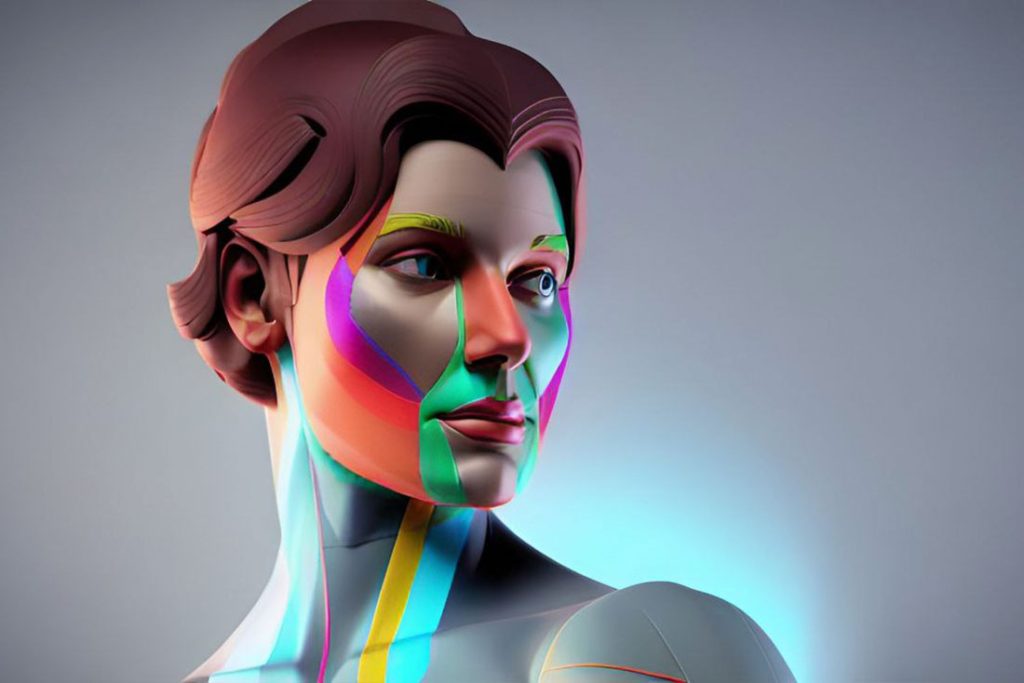The Muscles of the Face, Nose, and Mouth: An In-Depth Look for Cosmetologists
Cosmetology transcends the mere application of beauty products. It is an intricate blend of science and art requiring an in-depth understanding of human anatomy. The face, home to an array of muscles, is the primary focus in cosmetology. Each muscle plays a specific role in expressing a range of emotions and performing essential functions like talking, eating, and breathing. This article provides a detailed examination of the facial muscles, laying special emphasis on their relevance to cosmetology.

Facial muscles
Corrugator
The corrugator is a small muscle located between the eyebrows, beneath the frontalis. This muscle pulls the eyebrow down and causes vertical wrinkles on the forehead. Understanding the corrugator is crucial for cosmetologists as it is often targeted in anti-wrinkle treatments and procedures such as Botox.
Procerus
The procerus covers the bridge of the nose, responsible for lowering the eyebrows and causing wrinkles across the bridge of the nose. Knowledge of the procerus is beneficial when cosmetologists provide treatments aimed at reducing these wrinkles or enhancing the natural contours of the nose.
Temporalis
The temporalis muscle, located near the temple, plays a crucial role in jaw movement. This muscle is engaged in mastication and is often targeted during a facial massage to relieve tension in the jaw area.
Levator Palpebrae Superioris and Orbicularis Oculi
The levator palpebrae superioris, a thin muscle, controls the movement of the eyelid. The orbicularis oculi is the ring muscle of the eye socket, which closes the eyelids and aids in the production of tears. These muscles are key targets during eye treatments, such as those designed to reduce puffiness, dark circles, or to provide relaxation.

Zygomaticus Minor and Major
The zygomaticus minor and major muscles contribute to facial expressions. The zygomaticus major directs the lip outward and upward when laughing or smiling, whereas the zygomaticus minor assists this function. These muscles are often in focus when applying make-up or performing facial massage techniques to enhance a client’s smile.
Masseter and Buccinator
The masseter originates at the lower part of the zygomatic arch and is responsible for moving the mandible, allowing the mouth to close. The buccinator is the muscle of the cheek that compresses the cheeks and expels air between the lips. Cosmetologists focus on these muscles when conducting treatments to relieve tension, enhance facial contours, or promote relaxation.
Risorius, Orbicularis Oris, Triangularis, Depressor Labii Inferioris, and Mentalis
The risorius, orbicularis oris, triangularis, depressor labii inferioris, and mentalis muscles are all involved in various mouth movements and expressions. These muscles are often targeted during treatments for the lips and lower face, from massages to the application of various products designed to moisturize, plump, or otherwise enhance the lips.
Understanding the intricacies of facial muscles is vital for cosmetologists aiming to provide superior care. As each muscle contributes to the complex expressions and functions of the face, a well-rounded knowledge of these muscles enables cosmetologists to carry out treatments more effectively, safely, and tailored to individual needs. By integrating this anatomical understanding into practice, cosmetologists can better serve their clients, promoting relaxation, enhancing beauty, and supporting overall facial health.






